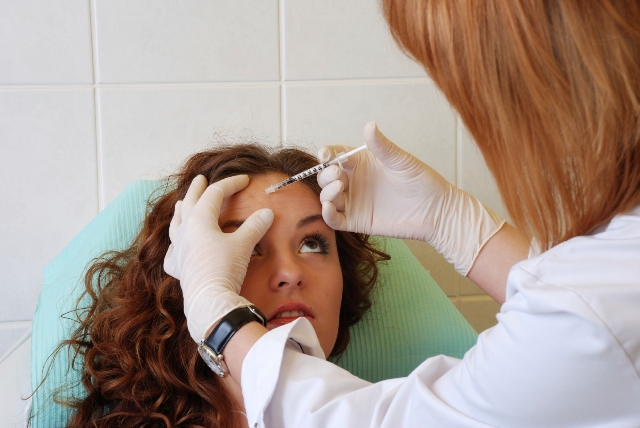
Consultant plastic surgeon Rajiv Grover has confirmed that the long-term use of Botulinum Toxin (Botox) delays the ageing process in the upper face, in his study.
The study came about after Grover noted the differences between those who had used Botulinum Toxin over several years and those who had not in patients seeking a second facelift. (some years after the first).
Patients who had been receiving Botulinum Toxin injections consistently since their first facelift were far less likely to require a brow lift than those who had not. However, there were no significant differences in the bottom halves of their faces regardless of whether or not they had used dermal fillers in the cheek, jowls or neck.
This initial anecdotal evidence led Grover to carry out a formal study on 68 patients who had requested a secondary facelift following a previous one some years earlier. Out of these 68 patients, 24 had received Botulinum Toxin treatment regularly for over nine years.
Grover assessed the effects of ageing on the forehead and brow in three ways. The height of the brow itself above the pupil of the eye was measured; digital imaging software from Canfield USA was used to measure how much the brow had dropped with age by analysing pictures from youth and comparing these with current pictures; and thirdly the need for a surgical brow lift was assessed as a measure of the ageing process.
The study reported that the patients who had received over nine years of regular Botulinum Toxin had significantly higher brows than those who had not, with an average difference of over 3mm. The photograph analysis backed this up, finding that the inevitable drop in brow height caused by gravity and muscle movement during the ageing process was on average significantly smaller in the patients who had received Botulinum Toxin indicating an alteration of the ageing process. These results meant that Grover thought fewer of the Botulinum Toxin treated patients needed a surgical brow lift at the time of their facelift surgery than the Non-Botulinum Toxin group. In fact, only two of 24 Botulinum Toxin treated patients (8%) received a brow lift, compared with 24 out of the 44 remaining Non-Botulinum Toxin group (54%).
“This is the first study of its kind to look at the anatomical effects on the ageing process from long-term use of Botulinum Toxin,” said Grover. “By rebalancing the facial muscles it appears that Botulinum Toxin reduces the changes of drooping of the forehead and brow seen with ageing. The aim of this study is not to recommend that people take Botulinum Toxin in a long-term fashion but it is important that surgeons analyse in a scientific way what the long-term effects of treatment are in order to improve safety for our patients.”
Find out more about Botox treatments here.


